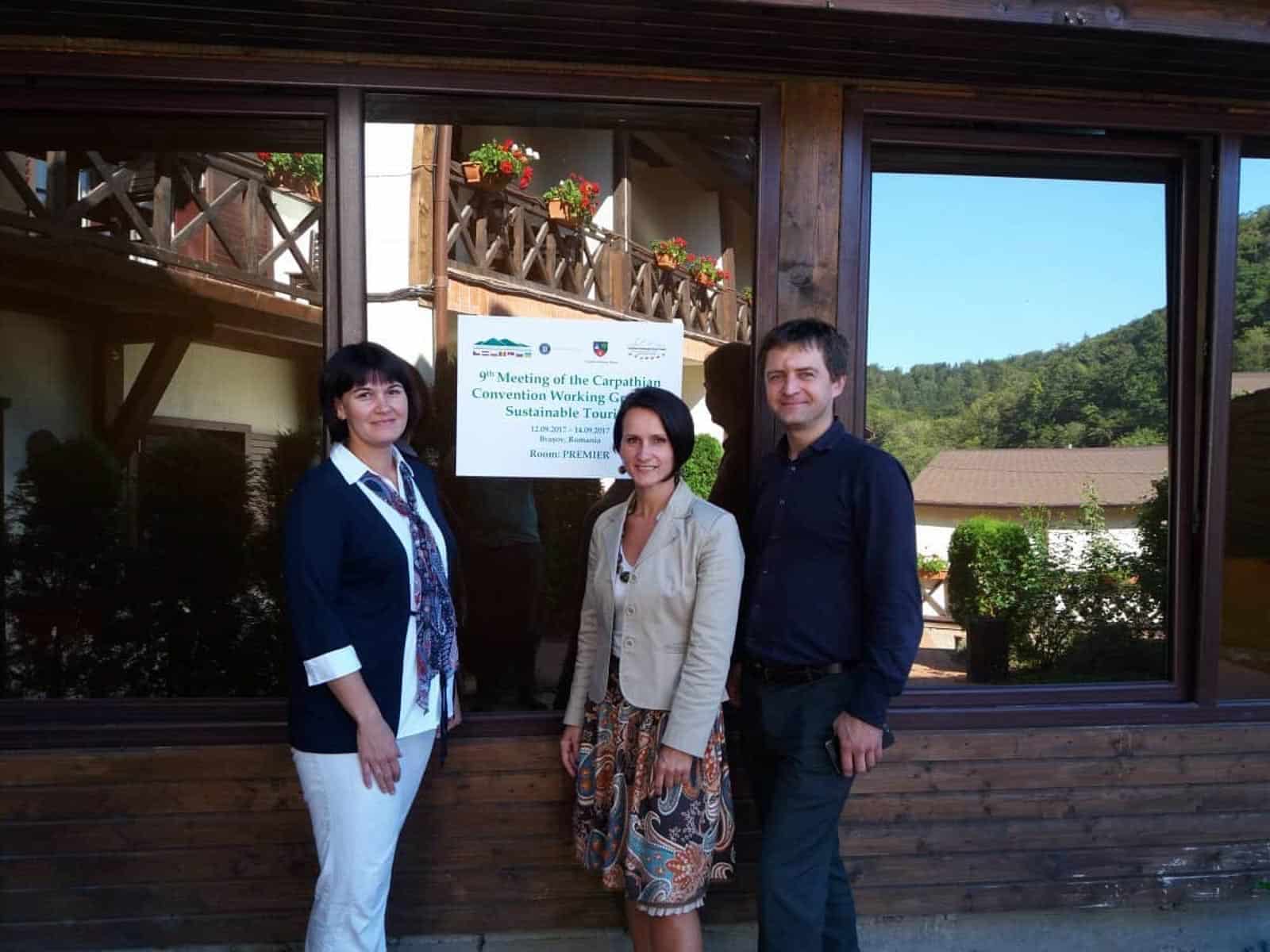How has ranger work changed during the pandemic?
With life restricted, many people have turned to nature during recent months. Amongst others, cinemas, museums, cafes and other city attractions have been closed, meaning many more urbanites are beginning to explore nature in greater numbers. This has especially been the case in Germany. Here, a sudden interest in nature has led to a large influx of vistors to protected areas and national parks, areas where nature is at its most pristine. While it is positive that people are taking greater notice of nature, it has also posed challenges to the those that work there: the rangers.
Please also read: The story of “Billy” – the first U.S. Forest Service Ranger
General changes and circumstances
In a recent survey conducted by the National Natural Landscapes (Nationale Naturlandschaften), an umbrella organisation of German National Parks, Biosphere Reserves, Wilderness Areas, and Nature Parks, the organisation asked rangers across German protected areas about how their work had changed since the outbreak of the COVID-19 pandemic in 2020.
General trends emerged from this survey. Across the protected areas, rangers reported a pause in or readjustment of guided tours and junior ranger and volunteer activities that took place prior to the pandemic. Despite a drop in these on-site outreach activities, there was overall an intensification of ranger patrols. Rangers have worked more on the weekends and they have introduced patrols covering longer stretches of the protected area. In order to support these efforts, volunteers have been drafted in and those from the administration of the protected areas have also been used to help reinforce the ranger patrols. A positive side-effect of this was that it helped create mutual understanding between those in the office and the rangers. This went some way to achieving a more cohesive management of protected areas as a whole.
COVID-safe environment
Creating an environment where rangers can work to protect nature while reducing their exposure to COVID-19 is paramount to ensuring their continued work during the pandemic. As government rules allowed for guided tours to restart in July 2020, protected areas brought in measures to ensure ranger and visitor safety. They introduced a hygiene concept, social distancing, and participant limits and pre-registration for guided tours. Rangers quoted in the survey said they really missed being able to lead tours through their protected areas. Luckily, these adaptations have allowed rangers to once again offer tours which has been good for morale.
Although tours have been reintroduced, rangers have generally avoided actively reaching out to visitors to share their knowledge on their protected area. Instead, distributed information leaflets serve to inform visitors of how to behave appropriately in such areas. As a result of these measures, only in 9% of areas did rangers say that non-adherence to the COVID-regulations posed a frequent danger to rangers.
Visitor pressure
An increase in visitors has resulted in intense pressure on the natural landscape and has adversely impacted hotspots. This is down to the fact that these places are usually the choice of visitors who are just beginning to discover what protected areas have to offer. Unfortunately, visitors rarely adhere to the COVID-regulations here. This is mainly due to the sheer number of people present at these places. For instance, in Eifel National Park,, there was a 60% increase in visitors.
Despite this sudden increase, protected area authorities quickly came up with mitigation measures. In cooperation with local authorities and volunteers, rangers pointed out alternative parking spots to visitors. Moreover, park and ride services as well as public transport alternatives have been introduced. On oft-used paths, rangers have enforced one-way systems. Protected area managers have also highlighted alternative areas to release pressure from hotspot areas.
In some areas, the offences resulting from wild camping and illegal fire places doubled from 2019. To deter this, rangers have increased their inspections of the general protected area and the frequency of early and late inspections too. Rangers also installed information boards, clearly mentioning the regulations regarding overnight stays, making visitors aware of their illegal nature. They now also have the authority to increase the amount of fines. Moreover, this is often reinforced by signals from the protected area administration.
All in all, offences increased in over 50% of the areas, leading to greater disturbance of local wildlife.
Change in outreach work
Crucial during COVID-19 has been media work. An intensification of media activity, including social media has aimed to reinforce rules regarding appropriate behaviour in protected areas. Protected areas have engaged print and broadcast mass media as well as intensifying their own news output on their websites. Cooperation with the tourism industry and media on messaging has also been crucial, urging them to avoid advertising hotspots.
Now, rangers should avoid direct contact with the general public as much as possible. This has made online and media outreach work more crucial in informing visitors about responsible behaviour in protected areas. While more people take the opportunity to enjoy nature, it is crucial that rangers can still do their job effectively. This is especially important as the pandemic has restricted rangers’ abilities to act directly. Thus, a greater responsibility falls on visitors to behave appropriately in nature.









